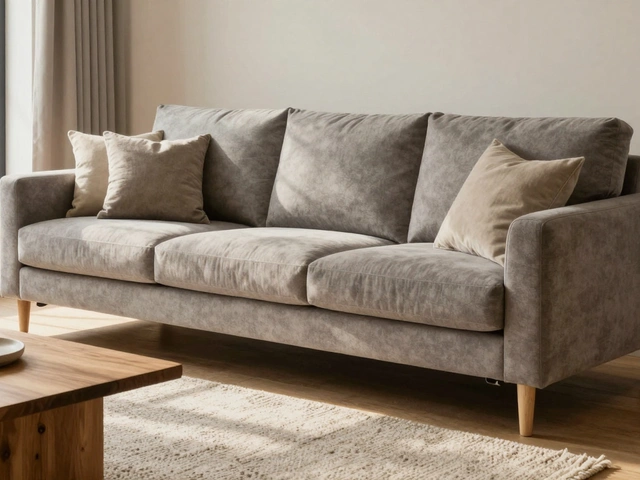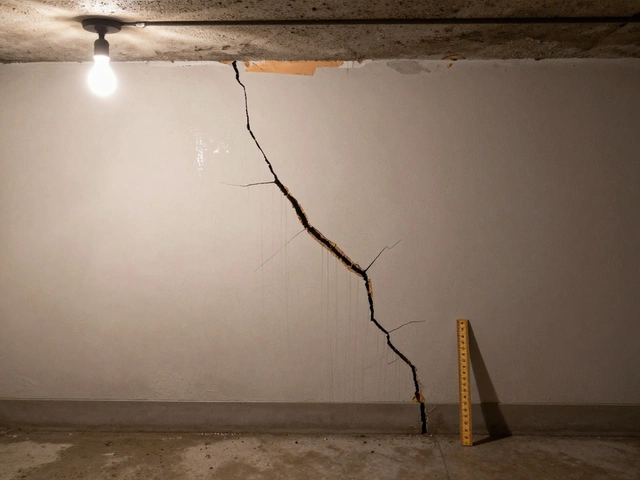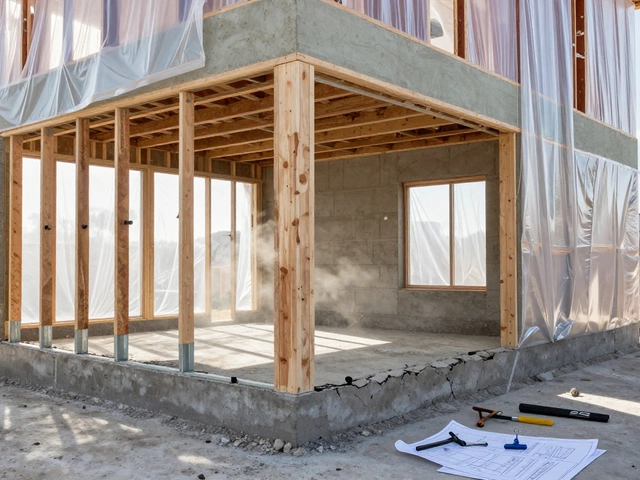Furniture Buying Tips – Smart Choices for Every Home
When planning a purchase, Furniture Buying Tips, a set of practical guidelines that help you choose pieces that fit your style, budget, and long‑term needs. Also known as furniture purchase advice, these tips empower you to avoid common pitfalls and get the most value out of every item.
One of the first things to think about is Furniture Storage, the method you’ll use to keep your items safe before they find a permanent spot. Proper storage prevents scratches, warping, and unwanted odors. Next, consider Furniture Mold Prevention, steps to keep moisture away from wood, upholstery, and metal components. Mold can damage the look and structural integrity of a piece, so dry, well‑ventilated environments are a must. Timing your purchase around Furniture Sale Events, major discount days like Black Friday, end‑of‑season clearances, and holiday promotions, can shave off hundreds of pounds. Finally, don’t overlook Luxury Furniture Colors, hues that instantly make a piece appear high‑end, such as deep navy, charcoal gray, or rich mahogany. These colours blend well with many décor styles and add a sense of elegance without a premium price tag.
Key Factors to Consider Before You Buy
Understanding price timing is a core part of furniture buying tips. The market cycle influences discounts: retailers push sales when new collections arrive, typically in spring and fall. Knowing this cycle lets you plan purchases around lower prices while still getting fresh designs. Storage knowledge complements price timing; a well‑kept item bought on sale stays in great shape longer, which means you save on future replacements. Moisture control links directly to mold prevention—if you store a sofa in a damp attic, you’ll likely face mildew, undoing any savings you made. Color selection also plays a strategic role: neutral luxury tones resist trends, reducing the need for frequent redecorating and further protecting your investment.
Let’s break down how each of these entities interacts. Furniture buying tips encompass price timing, storage solutions, mold safeguards, and color strategy. They require knowledge of sales calendars (a related concept) and an eye for material durability. Meanwhile, storage influences mold risk, because humid spots accelerate fungal growth. The chosen color palette affects perceived value, making a piece feel more upscale and potentially increasing resale price. Together, these factors create a holistic approach to buying furniture that lasts and looks great.
Practical steps are easy to follow. First, list the rooms you need to furnish and set a realistic budget. Second, research upcoming sale events—most big chains announce their promotions a month in advance. Third, measure your space and decide on storage logistics: will the item be delivered directly to the room or need temporary holding? Fourth, check product specifications for moisture resistance; avoid solid wood without a protective finish if you live in a humid area. Fifth, pick a colour that complements your existing décor while adding a touch of luxury—think deep charcoal or warm walnut.
When you combine these actions, you’ll notice a pattern: each decision informs the next. A good sale day means you can afford a higher‑quality material that resists mold, which in turn lets you choose a richer colour without worrying about wear. By thinking of the purchase as a series of connected choices, you avoid the trap of buying cheap but short‑lived items that need replacement after a year.
Below you’ll find a curated set of articles that dive deeper into each of these topics. From guides on modernizing old tables to detailed breakdowns of the biggest furniture sale days, the collection covers everything you need to make informed, confident decisions. Keep reading to uncover actionable tips, real‑world examples, and expert advice that will turn your next furniture purchase into a smart, lasting investment.
Couch Lifespan: How Long Can Your Sofa Actually Last?
Ever wondered how long your couch is supposed to last? This article breaks down the average lifespan of a sofa, what really impacts how long it will keep looking good, and ways to stretch those years. If you're tired of watching your sofa crumble way too soon, you'll find out what makes some couches outlive others—and when it's actually time to cash in for a new one. We’re looking at couch care, material choices, common warning signs, and smart buying tips.
full articleWhen Should You Not Haggle? Furniture Sale Tips You Need
People often wonder if they should always haggle when buying furniture, but there are times it can actually backfire. This article breaks down specific situations where trying to negotiate might be a bad idea—like steep outlet discounts, established price tags, or brand new releases. Steer clear of haggling traps and know exactly when to put your bargaining gloves away. Learn the practical side of furniture shopping with these real-world tips.
full article





